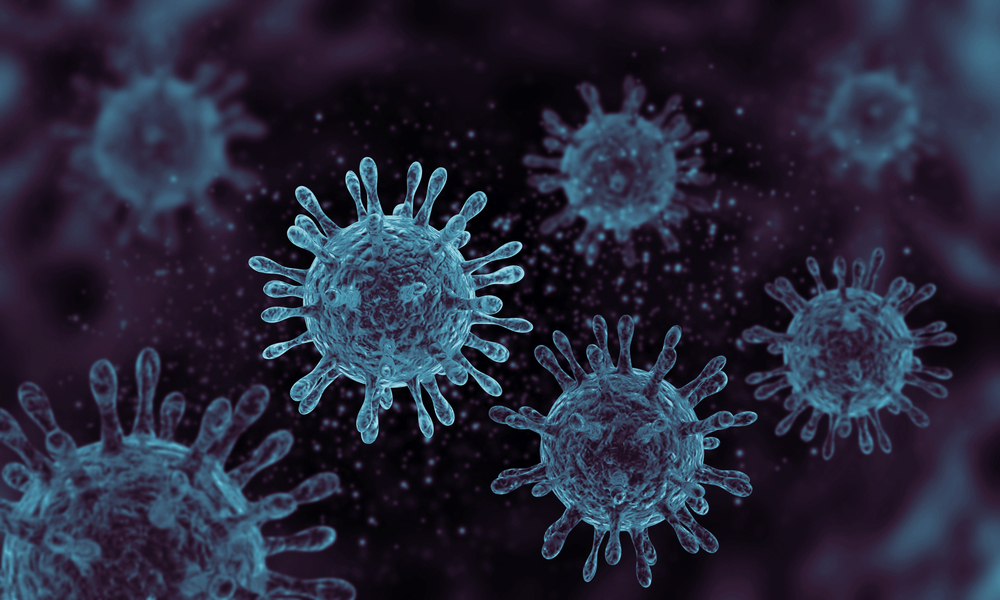
Savonia Article: Contact tracking applications used in Finland during the COVID-19 Pandemic
#SavoniaUAS
Late in December 2019, Wuhan, China saw the emergence of the 2019 coronavirus (COVID-19) which began swiftly spreading throughout the world. As of September 30, 2022, a total of 1 292 940 coronavirus cases had been diagnosed in Finland with 5,981 deaths attributed to COVID-19.
Since 2019, the worldwide pandemic has triggered a public health crisis unseen in almost a century. During the COVID – 19 global epidemic, various countries felt that tracing contacts of an infected person with existing methods was overly labour-intensive and ineffective.
One of the most effective ways to slow the COVID-19 epidemic’s progress has been to identify and isolate affected people and their close connections. In 2020, the European Commission issued a statement to harmonize methods for the safe and efficient use of COVID-19 contact tracking applications across the EU. It noted that voluntary installation of contact tracking apps would help to gradually lift travel restrictions, while also mandating that contact tracing applications must “protect human rights and privacy’’ and be “voluntary, transparent, secure, interoperable”. Additionally, geolocation or mobile data should not be collected, and personal data should be anonymized. The interoperability of contact tracing apps was urged by the European Commission. Each application should adhere to the Commission’s guidelines and be completely compliant with all EU data protection and privacy laws. The statement also suggested COVID – 19 contact tracing applications be used only temporarily.
Finland launched its COVID – 19 contact tracking application “Koronavilkku” in August 2020. It is a mobile application that tracks coronavirus infections by collecting data from nearby Bluetooth devices via short-range Bluetooth signals. Koronavilkku could be installed on devices running the iOS and Android operating systems. Users of cell phones with Koronavilkku installed received notification if they had been near someone in the past two weeks who had also been using the app and had been exposed to the coronavirus. By November 5, 2020, it had been downloaded 2,474,900 times.
In Finland and the European Union, studies on the performance of “Koronavilkku” and comparable applications were conducted. These findings indicated that “Koronavilkku” was effective in curbing the pandemic, and at its peak, it had 2.5 million users. In relation to the size of the Finnish population, Koronavilkku was among the most widely used COVID-19 tracking applications worldwide. 64,000 individuals in total used the app to report illnesses. 23% of Koronavilkku users reported they were informed of possible exposure.
Due to the Omicron mutation of the coronavirus, the number of infections increased so much that not all infections were detectable by healthcare authorities, and Koronavilkku was unable to report all exposures. Its use was discontinued on June 1, 2022.
The COVID-19 pandemic has been a major driver for the wider use of digital healthcare tools and contact tracing applications played a significant role in the COVID – 19 epidemic’s containment. Many studies are in the preliminary stage of examining how to improve digital healthcare tool’s governance, and upgrade contact tracing applications. This research is a key link in the gradual transition from a social management tool during the epidemic to the provision of improved digital health services in the post-epidemic era. Introducing a contact tracing app helped control the COVID-19 epidemic, and ongoing improvement in this technology offers hope for the future. More clearly than ever, the experience of using contact tracing technology to contain the COVID-19 outbreak has demonstrated the urgent need for digital health data that is simple to aggregate, simple to use, and which can help healthcare professionals make sense of the data, implement findings, and improve over time.
The success of the Finnish health care system, which saw users voluntarily use Koronavilkku in response to the pandemic, has brought a clearer picture of what to focus on in future public health crises, and how to involve citizens in the fight against an epidemic. Many nations lack a clear legal and regulatory framework for digital health, and this was made clear during the COVID-19 epidemic with the widespread usage of monitoring technologies. Many digital health innovations are not subject to medical institutions’ regulatory oversight. Although by 2017 there were specific laws protecting personal information in 120 different nations, many nations still lack such laws and regulations. Inadequate medical data and device data protection directly contributes to user data privacy concerns, data integrity problems and availability issues, and it indirectly drives many users away from digital health solutions, particularly digital contact tracking programs. Therefore, each nation should set up a methodical, rational, and efficient regulatory framework to safeguard users’ autonomy in the realm of digital health. The lessons learned from difficult experience apply to more than just handling a pandemic. They are also broadly relevant to the future of digital health. They reinforce key elements of the digital health concept. During the COVID -19 epidemic contact tracing applications have provided unique insights for updating the concept of digital health relative to person-centered care, business incentives, and cybersecurity.
This blog is based on Master’s Thesis of Lin Taitto
References are available from the first author
Lin Taitto, Master of Business Administration, Master’s Degree Programme in Digital Health
Bryn Lane, Part-time Lecturer, Savonia University of Applied Sciences, Unit of Continuous Learning, Master School, Kuopio
Liisa Klemola, Senior Lecturer, PhD, Savonia University of Applied Sciences, Unit of Continuous Learning, Master School, Kuopio